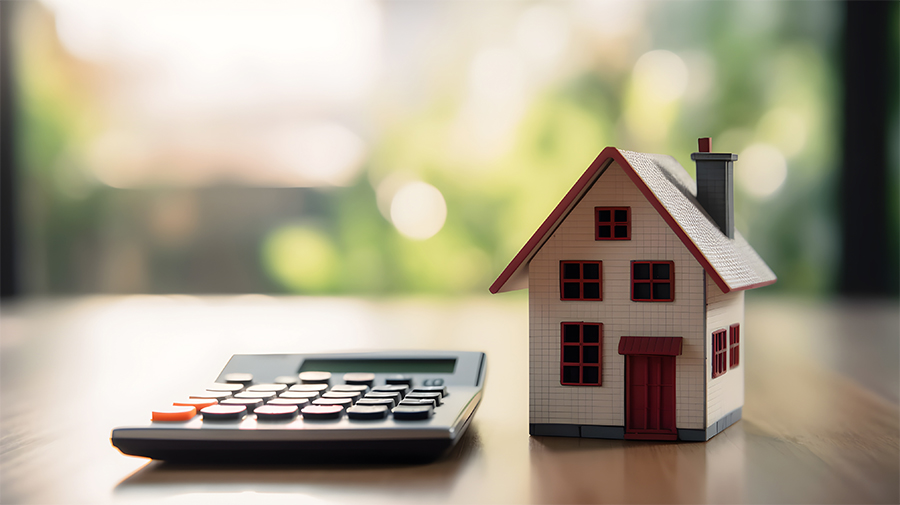Best Roofing Materials
Roofing Materials for Tampa Bay: A Guide to Longevity and Suitability
In Tampa Bay, where the climate oscillates between sun-soaked days and intense storms, the material of your roof is NOT just a matter of aesthetic choice—it’s about durability and practicality. This guide examines the life expectancy of various roofing materials and their appropriateness for homes in the Tampa Bay region.
This guide seeks to shed light on various roofing materials, examining their lifespans and discussing their appropriateness for homes in Tampa Bay. Factors such as resistance to high winds, ability to reflect the intense Florida sun, and resilience against torrential rains all come into play when assessing the suitability of a roofing material.

Below are some common and uncommon roofing types, with insights into their longevity and compatibility with Tampa Bay’s distinctive climate:
- Metal Roofs: 40-70 years. They reflect sunlight, which can reduce cooling costs, and are resistant to high winds.
- Asphalt Shingles: 15-30 years. These are cost-effective but might not offer the longevity some homeowners seek.
- Concrete and Clay Tiles: 50+ years. Heavier and robust, these tiles are popular for their longevity and traditional appearance.
- Slate Roofs: 40-100 years. While incredibly durable, slate is less common in Florida due to its weight and cost.
- Wood Shingles and Shakes: 25-35 years. They offer a natural look but require maintenance to protect against moisture and insects.
- Green Roofs: 30-50 years. They provide excellent insulation and are eco-friendly but require specialized installation.
- Solar Tiles: 25-30 years. Integrating solar technology, these tiles can generate power while serving as protection for the home.
- Composite Shingles: 25-50 years. A lighter alternative to traditional shingles of any type is composite shingles. They’re very durable, require less maintenance, and can be cut to fit intricate roof shapes.
Each roofing material has its strengths and potential drawbacks in the context of Tampa Bay’s environment. Some might prioritize durability in the face of the region’s powerful storms, while others might value energy efficiency in combatting the scorching summer sun.

Homeowners in Tampa Bay have a myriad of choices when it comes to roofing materials. Understanding the longevity and suitability of each option can make decisions that best protect their homes and cater to their aesthetic preferences. The beauty of the Tampa Bay area deserves homes that are not only attractive but also resilient against the unique challenges the climate presents.
Florida Roofing Materials:
- Asphalt Shingles:
- Longevity: 15-30 years
- Considerations for Tampa Bay: While being the most widely used roofing material in the U.S., asphalt shingles can sometimes struggle in the high heat and humidity of Florida. However, modern shingles are often treated to be more UV and moisture-resistant.
- Metal Roofs:
- Longevity: 30-70 years
- Considerations for Tampa Bay: Highly resistant to sun and wind, metal roofs are excellent for Tampa Bay’s climate. They reflect sunlight, helping reduce cooling costs, and stand up well to hurricane-force winds.
- Tile Roofs (clay or concrete):
- Longevity: 25-50+ years
- Considerations for Tampa Bay: Tiles are a common sight in Florida, thanks to their resistance to heat and their ability to shed rainwater efficiently. However, they can be heavy, so the home’s structure must be suitable.
- Slate Roofs:
- Longevity: 40-100 years
- Considerations for Tampa Bay: While slate is incredibly durable, it’s rare in Tampa Bay. Its weight can be an issue, and the cost is notably higher than other materials.
Less Common Florida Roofing Options:
- Wood Shingles and Shakes:
- Longevity: 15-30 years
- Considerations for Tampa Bay: While wood offers a distinct aesthetic, it’s less ideal for Tampa’s humid environment. Over time, the material can warp, rot, or become a target for termites.
- Synthetic Roofing Materials (rubber, plastic, polymer):
- Longevity: 40-50 years
- Considerations for Tampa Bay: These materials can mimic traditional roofing materials and are often UV, fire, and impact-resistant. Their relative newness to the market means there’s less long-term data available, but they offer promising durability.
- Built-Up Roofing (BUR):
- Longevity: 20-30 years
- Considerations for Tampa Bay: Common for flat roofs, BUR consists of alternating layers of asphalt and reinforcing fabric. It can withstand Tampa Bay’s heat but requires regular maintenance to prevent water damage.
- Green or “Living” Roofs:
- Longevity: Varies, typically around 40 years
- Considerations for Tampa Bay: These environmentally friendly roofs, covered in plants, help insulate homes and manage stormwater. However, they require a robust structural foundation and regular maintenance.
Additional Thoughts
When selecting a roofing material for a Tampa Bay home, it’s crucial to weigh the material’s longevity against local challenges like heat, humidity, and storm potential. While construction practices and costs also factor into the decision, understanding the performance and longevity of available materials is central to making an informed choice.

Quick Links
Tampa Bay
10825 Tom Folsom Rd
Thonotosassa, Florida
Call: (813) 538-8200
Central Florida/Orlando
11407 Jardim Orlando Ct
Claremont, Florida 34711
Call: (352) 638-7788
Email: flbrandonroofing@gmail.com
